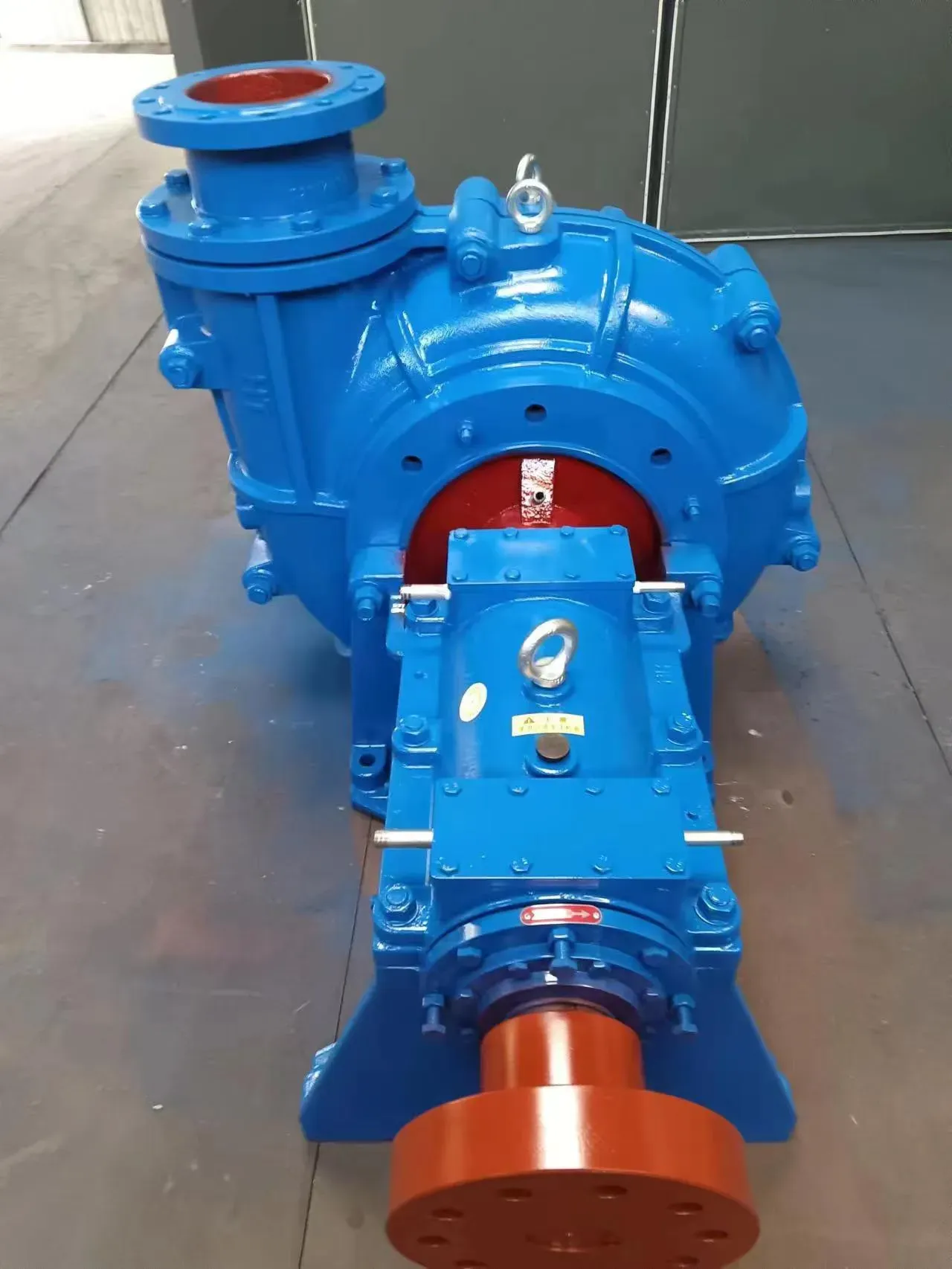Bengali
- Afrikaans
- Albanian
- Amharic
- Arabic
- Armenian
- Azerbaijani
- Basque
- Belarusian
- Bengali
- Bosnian
- Bulgarian
- Catalan
- Cebuano
- Corsican
- Croatian
- Czech
- Danish
- Dutch
- English
- Esperanto
- Estonian
- Finnish
- French
- Frisian
- Galician
- Georgian
- German
- Greek
- Gujarati
- Haitian Creole
- hausa
- hawaiian
- Hebrew
- Hindi
- Miao
- Hungarian
- Icelandic
- igbo
- Indonesian
- irish
- Italian
- Japanese
- Javanese
- Kannada
- kazakh
- Khmer
- Rwandese
- Korean
- Kurdish
- Kyrgyz
- Lao
- Latin
- Latvian
- Lithuanian
- Luxembourgish
- Macedonian
- Malgashi
- Malay
- Malayalam
- Maltese
- Maori
- Marathi
- Mongolian
- Myanmar
- Nepali
- Norwegian
- Norwegian
- Occitan
- Pashto
- Persian
- Polish
- Portuguese
- Punjabi
- Romanian
- Russian
- Samoan
- Scottish Gaelic
- Serbian
- Sesotho
- Shona
- Sindhi
- Sinhala
- Slovak
- Slovenian
- Somali
- Spanish
- Sundanese
- Swahili
- Swedish
- Tagalog
- Tajik
- Tamil
- Tatar
- Telugu
- Thai
- Turkish
- Turkmen
- Ukrainian
- Urdu
- Uighur
- Uzbek
- Vietnamese
- Welsh
- Bantu
- Yiddish
- Yoruba
- Zulu
Telephone: +86 13120555503
Email: frank@cypump.com
নভে. . 11, 2024 18:16 Back to list
engine driven slurry pumps
Engine-Driven Slurry Pumps A Comprehensive Overview
Slurry pumps play an essential role in various industries, including mining, construction, and waste management, where they are responsible for transporting mixtures of liquid and solid particles, commonly referred to as slurry. Among the different types of slurry pumps available, engine-driven slurry pumps stand out due to their versatility, efficiency, and reliability in challenging environments. This article delves into the characteristics, applications, advantages, and considerations of engine-driven slurry pumps.
What Are Engine-Driven Slurry Pumps?
Engine-driven slurry pumps are designed to handle thick and abrasive mixtures, featuring robust construction and specialized materials that can withstand wear and tear. Unlike other pump types that might rely on electrical power, these pumps are powered by internal combustion engines. This feature makes them particularly valuable in remote locations or sites lacking access to electricity, where reliable power supply may be a challenge.
Key Characteristics
1. Durability Engine-driven slurry pumps are built with heavy-duty materials such as cast iron and stainless steel, which resist corrosion and degradation when handling abrasive slurries. This durability extends their operational lifespan, reducing the frequency of replacements.
2. High Flow Rates These pumps are capable of moving large volumes of slurry quickly, which is critical in applications requiring fast displacement of materials, such as mine tailings or construction site dewatering.
3. Portability Many engine-driven slurry pumps are designed to be portable, making them easy to transport across job sites. Their mobility is a significant advantage when working in areas where installations are temporary or frequently changing.
4. Versatile Power Options While many engine-driven slurry pumps operate on diesel or petrol engines, some may also use alternative fuels. This flexibility allows operators to choose the best option based on availability and site-specific constraints.
Applications
Engine-driven slurry pumps are incredibly versatile and are utilized in various applications
engine driven slurry pumps

- Mining In mining operations, these pumps efficiently transport slurries that consist of water mixed with minerals or tailings. Their ability to handle coarse particles makes them ideal for this environment.
- Construction During excavation, demolition, and dewatering processes, engine-driven slurry pumps move a mixture of water and soil, helping to keep work sites dry and manageable.
- Waste Management In waste treatment facilities, these pumps are used to handle sludge and other semi-solid materials, playing a critical role in managing waste efficiently.
- Agriculture Engine-driven slurry pumps can also support agricultural operations, particularly in the transportation of slurry manure from farms to treatment facilities.
Advantages
One of the primary benefits of engine-driven slurry pumps is their independence from electrical power sources. This independence enhances their usability in remote and off-grid locations. Additionally, engine-driven pumps can often be equipped with various engine sizes, allowing for customization based on the specific flow rate and pressure requirements of a project.
Moreover, the rugged construction and reliability of these pumps translate to lower maintenance needs and operational costs, making them economically beneficial over time. Their ability to perform efficiently in harsh conditions enhances productivity and ensures that projects stay on schedule.
Considerations
While engine-driven slurry pumps offer many advantages, operators must consider several factors before selecting a specific model. Key considerations include the type and viscosity of the slurry, required flow rates, operating environment, and compliance with local regulations regarding emissions and noise levels. Selecting the appropriate pump size and engine type is also crucial to ensure optimal performance and efficiency.
Conclusion
Engine-driven slurry pumps represent an essential tool in industries that require the effective transportation of fluid mixtures. Their robust design, portability, and versatility make them an outstanding choice for various applications. As demand for reliable slurry management continues to grow, these pumps are likely to see advancements in technology and efficiency, further solidifying their role within industrial operations. Whether in mining, construction, or waste management, engine-driven slurry pumps are indispensable for modern operations that aim for productivity and sustainability.
-
Custom Drilling Mud and Slurry Pump Supplier - High Efficiency, Tailored Solutions
NewsJun.10,2025
-
Supply Vertical Submersible Sewage Pump High-Efficiency WQ/QW Pumps Supplier
NewsJun.10,2025
-
Premium Sewage Ejection System & Pumps Efficient Waste Removal
NewsJun.09,2025
-
Premium Wholesale Slurry Pump Impellers Durable & Efficient Slurry Handling
NewsJun.09,2025
-
Top Sewage Pump Companies Durable Industrial Solutions for Efficiency
NewsJun.09,2025
-
Heavy Duty Slurry Pumps - OEM High Performance & Bulk Wholesale
NewsJun.09,2025










